Baku is no longer a Soviet city, nor a Tsarist one. Today, it is a rapidly developing modern town with its own host of controversies and quirks. The rule of Aliyevs is visible in all parts of everyday life in Azerbaijan, and all-around Baku, and this and more is what I would like to write briefly about today. Join me, as we take a tour around the more modern parts of Baku, and what it offers to its denizens and visitors alike.
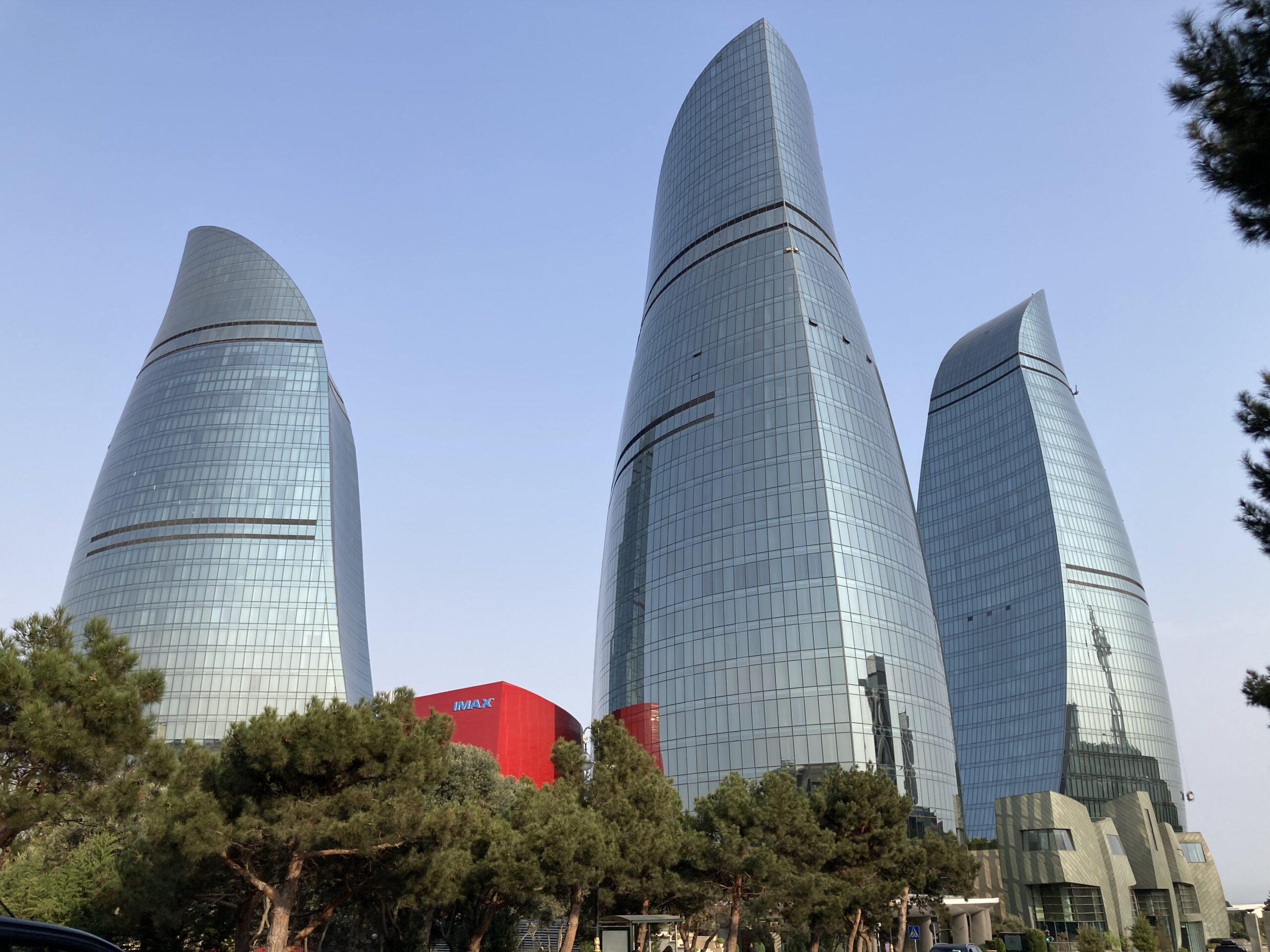
If you came across any photos of Baku recently, they likely included this trio of skyscrapers, collectively known as the Flame Towers. Used as a background in the Eurovision snippets of Azerbaijan for around a decade now, these lovely buildings are not only the symbol of this Caspian town, but also a sign of how modern Baku became in the last few decades, often relying on its rich natural resources.
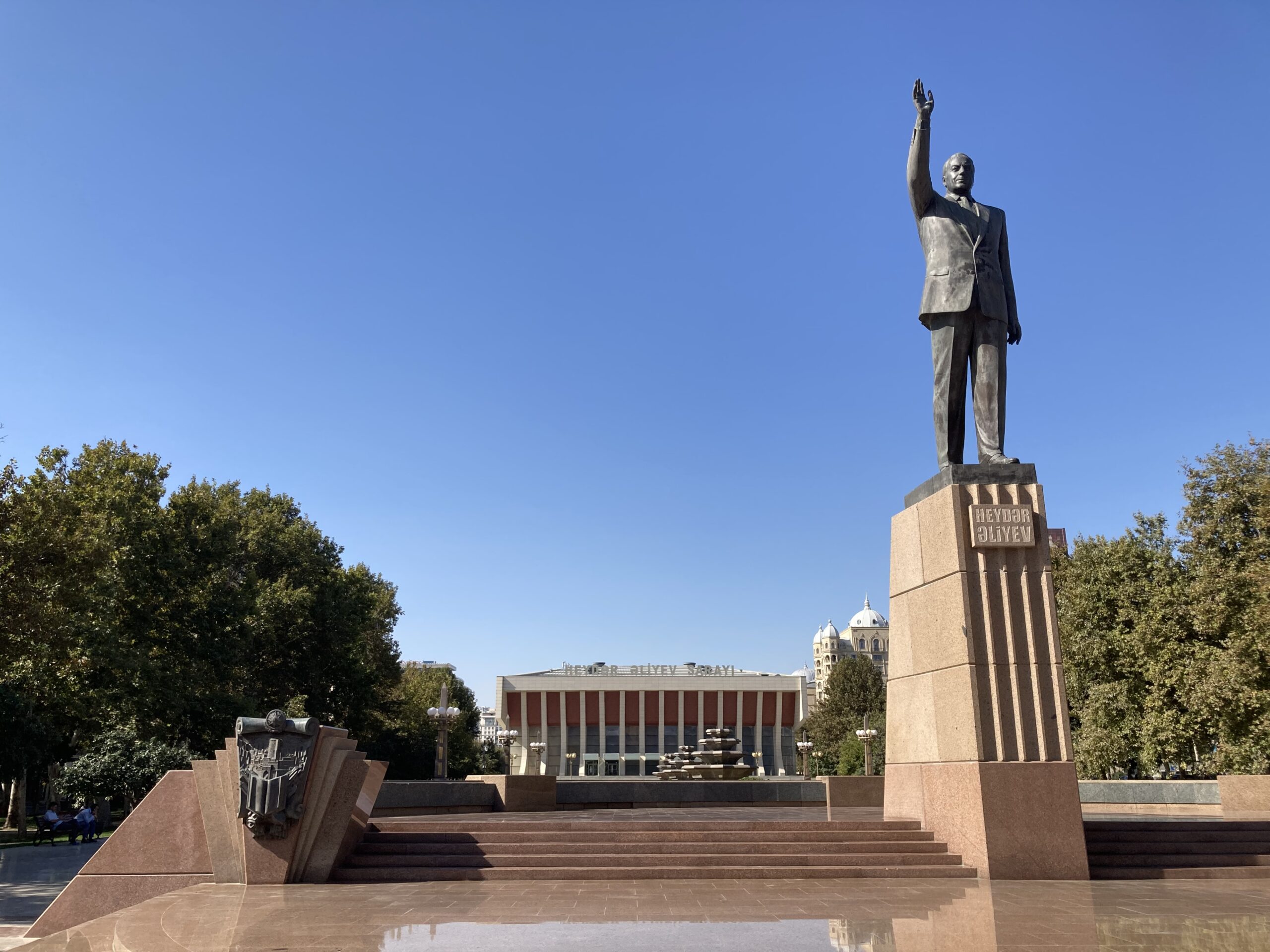
While many countries have natural resources of one kind or another, not all seem to develop in similar ways. Leadership, for the most part, makes a huge difference. In case of Azerbaijan, since times immemorial, an Aliyev was in charge, except a few years around the beginning of 1990s. For decades (including the Soviet period) it was Heydar Aliyev that ruled the country, and since his passing in 2003, it was his son, Ilham Aliyev. This duo, and their wives, are responsible for the way the city looks today the most, as it was their vision and decisions that helped shaped it for almost half a century at this point.
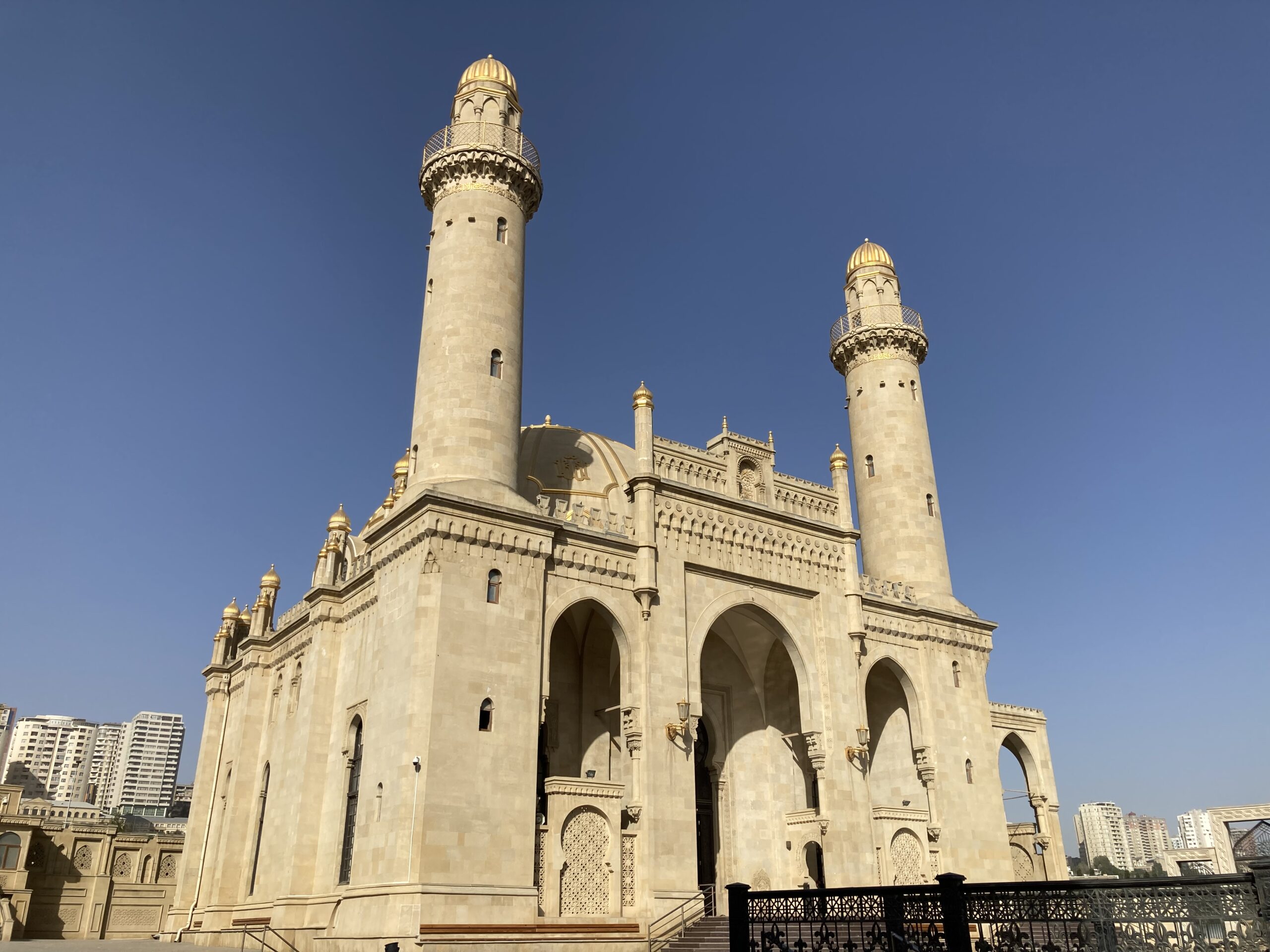
Arguably, one of the key elements of Aliyevs’ post-Soviet Azerbaijan is the apparent religious revivalism. While I cannot say for sure just how devout the people of Azerbaijan are today, new mosques are opened all around at a rapid rate. However, this Tezepir Mosque is not one of them. It is one of the few Tsarist period mosques that still stand still to this date, but many others joined it since.
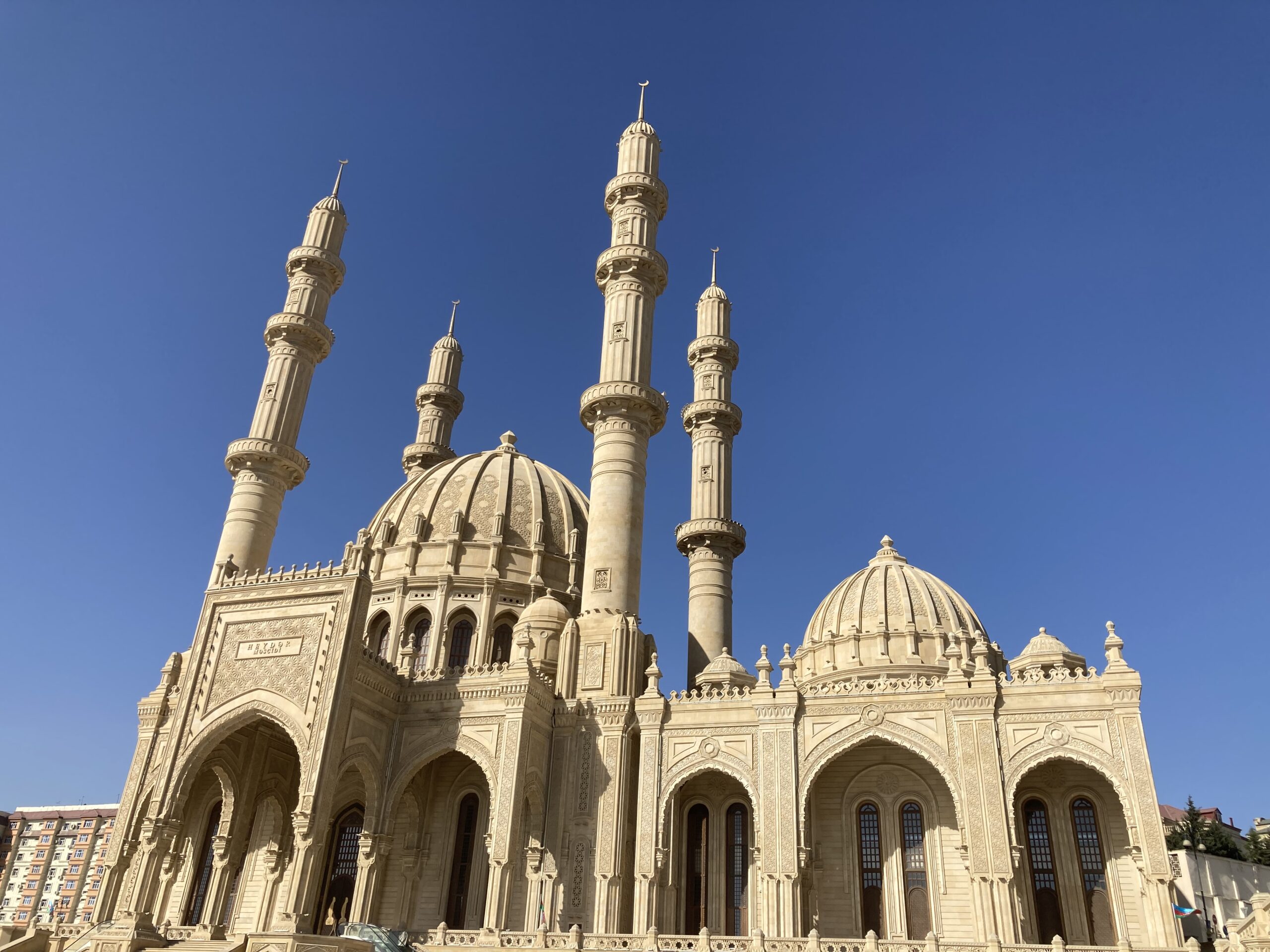
Heydar Mosque is, without a doubt, the most grandiose addition to the city’s holy landscape. Built in 2014, it is an incredible building with carved stone walls on all sides.

It is even prettier on the inside, where pearlescent walls surround you all around. However, you will need a guide to get you up here, a free one of course. This does mean one important thing; this gorgeous room is not actually open for everyday prayers.
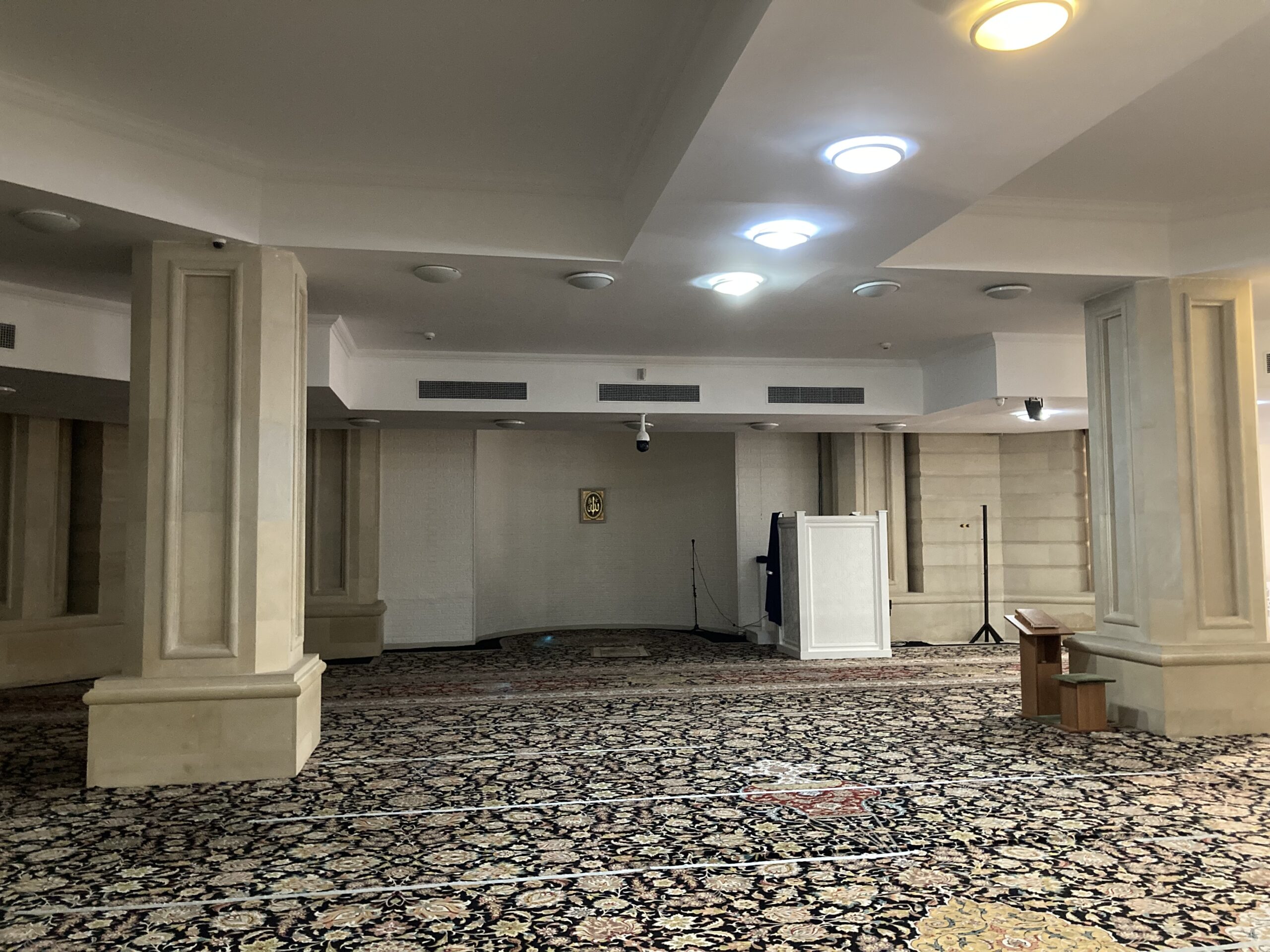
And this is an issue for many. There is a separate praying room for men and women below the actual mosque, the male one you can see above. It is quite sad looking, and it becomes sadder the more you think about it. While these grand projects are seemingly rising up all around, not all are meant for the masses.

In fact, as I gaze towards the waterfront of Baku from the city’s observation deck, I cannot help but think just how much of this new infrastructure is either meant to impress the visitors or entertain the rich. Other than the few malls and parks that are out there for all to enjoy, one is left wondering just how better the money could have been spent had the priorities were set different.
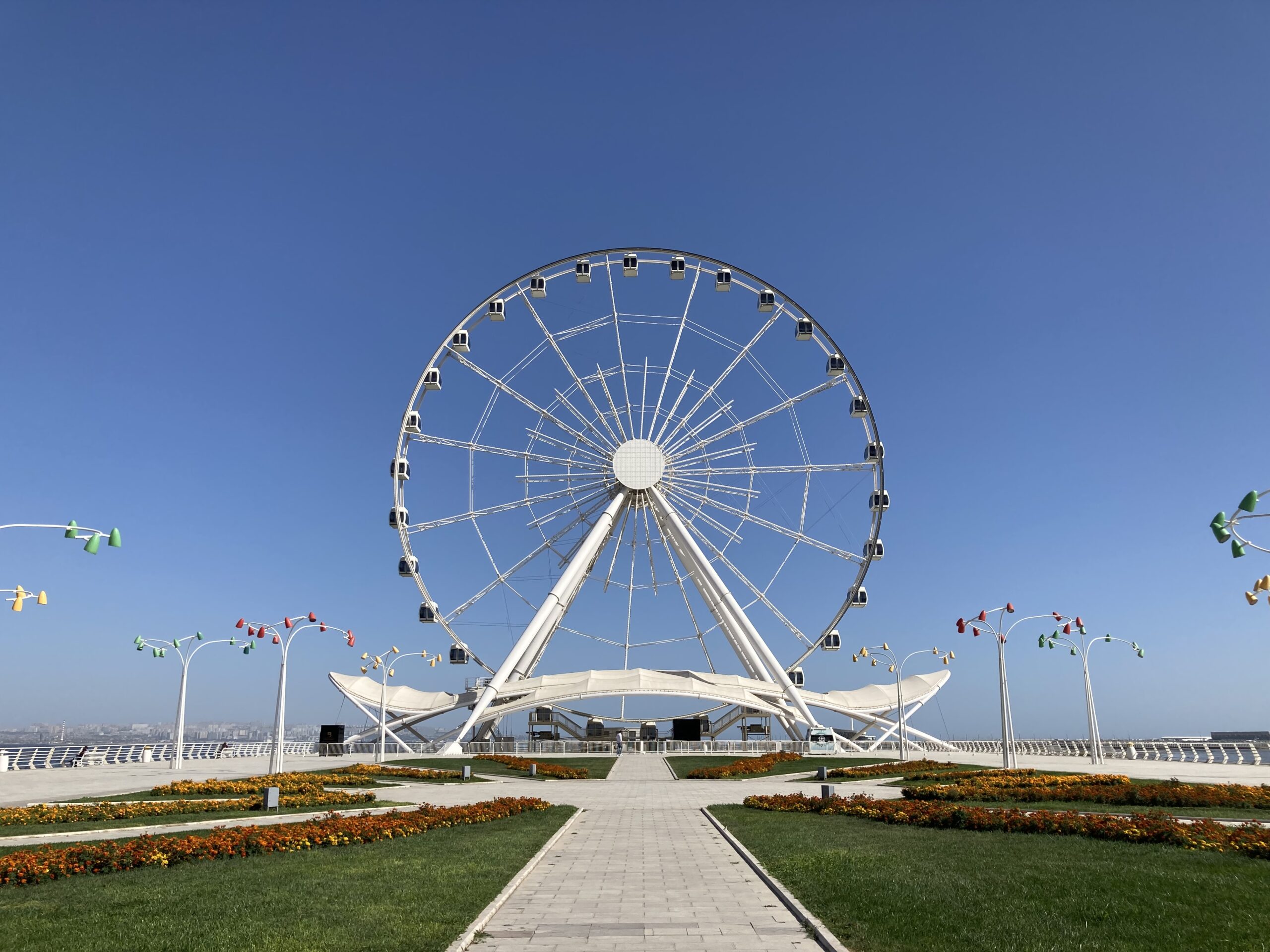
There are many attractions like this one, many of which did not even work when I was there at the beginning of October. They are now even building the tallest flagpole in the world, not so far from this location. One also should not forget about the city being used as a racing track for Formula 1, an event that causes many issues for the locals who cannot even use their already often congested roads to get around their town during the event. The idea seems to be that, as long as more visitors are attracted to Baku, and more foreigners are left with a better impression regarding the country, all else matters very little.
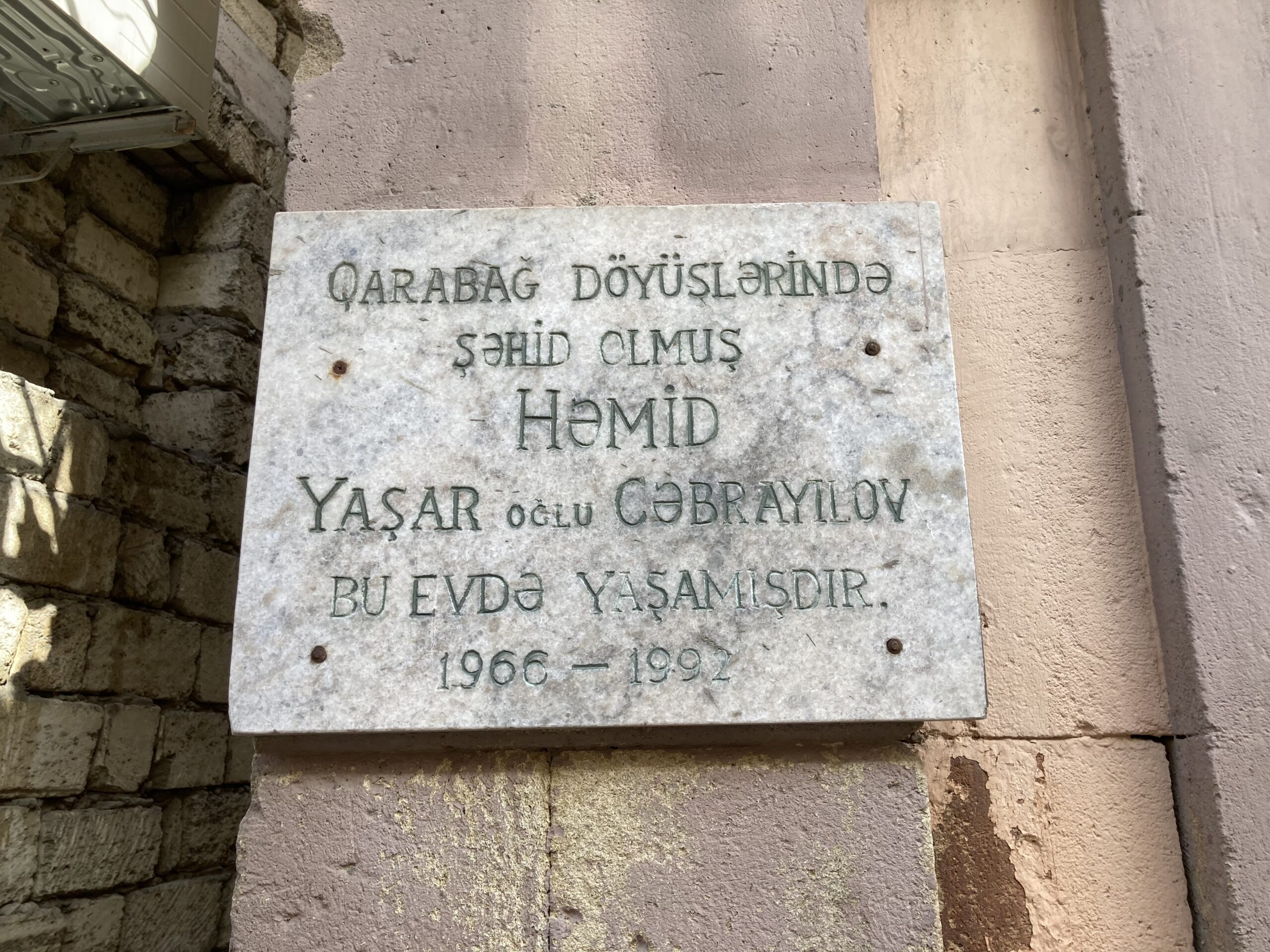
On the other hand, locals suffer plenty of issues, and not being invested in heavily is not the biggest one of these. If you move away from the touristic center of Baku for a few minutes, you will quickly start seeing plaques like these, commemorating the martyrs of one of the two wars that took place in Karabakh, a de facto Azeri territory that has been contested for decades by Armenia, which has been reclaimed by Baku following a short war in 2020.
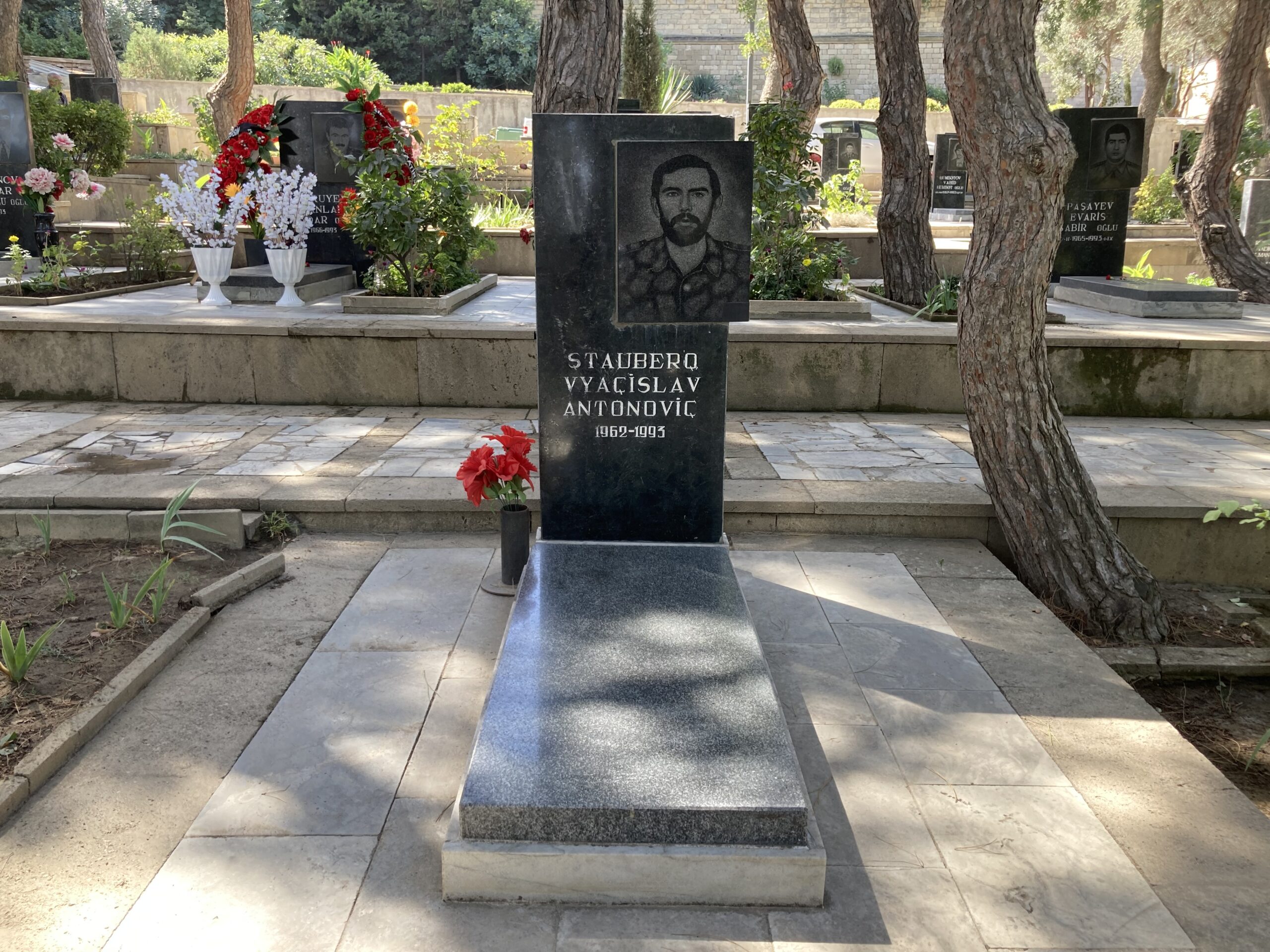
While this last war was “short” for us outsiders, the whole conflict and that last increase in hostilities are long lasting and traumatizing events for the local population. Tombs dedicated to fallen soldiers, plaques dedicated brothers who both perished in Karabakh in different wars, sculptures of heroes and many more are found all across Baku, and I am sure, the rest of Azerbaijan.
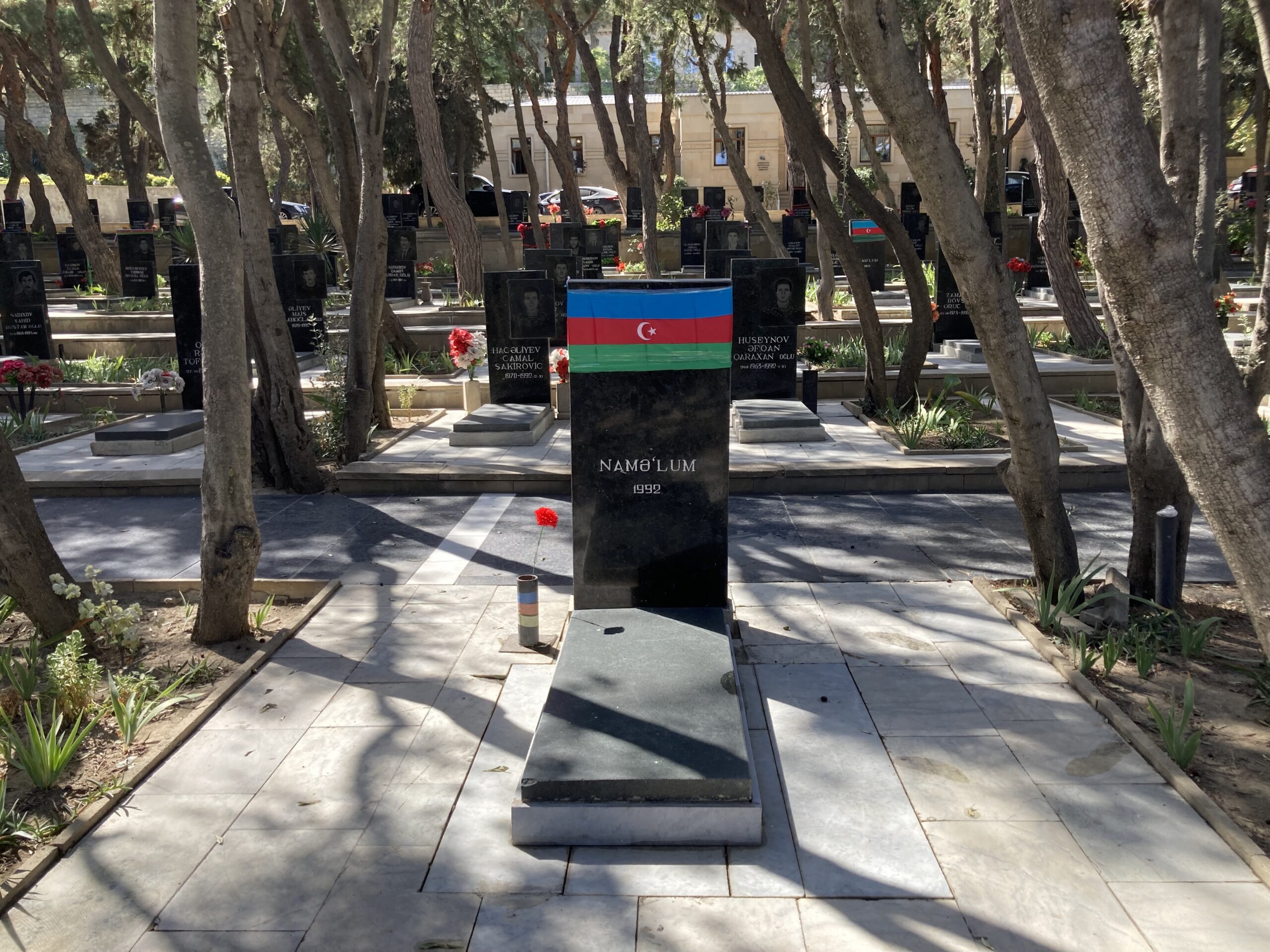
In fact, some tombs do not even have a name, such as this one. An anonymous soul that lost his life all the way back in 1992 is put to rest here, and he is far from being the only one.
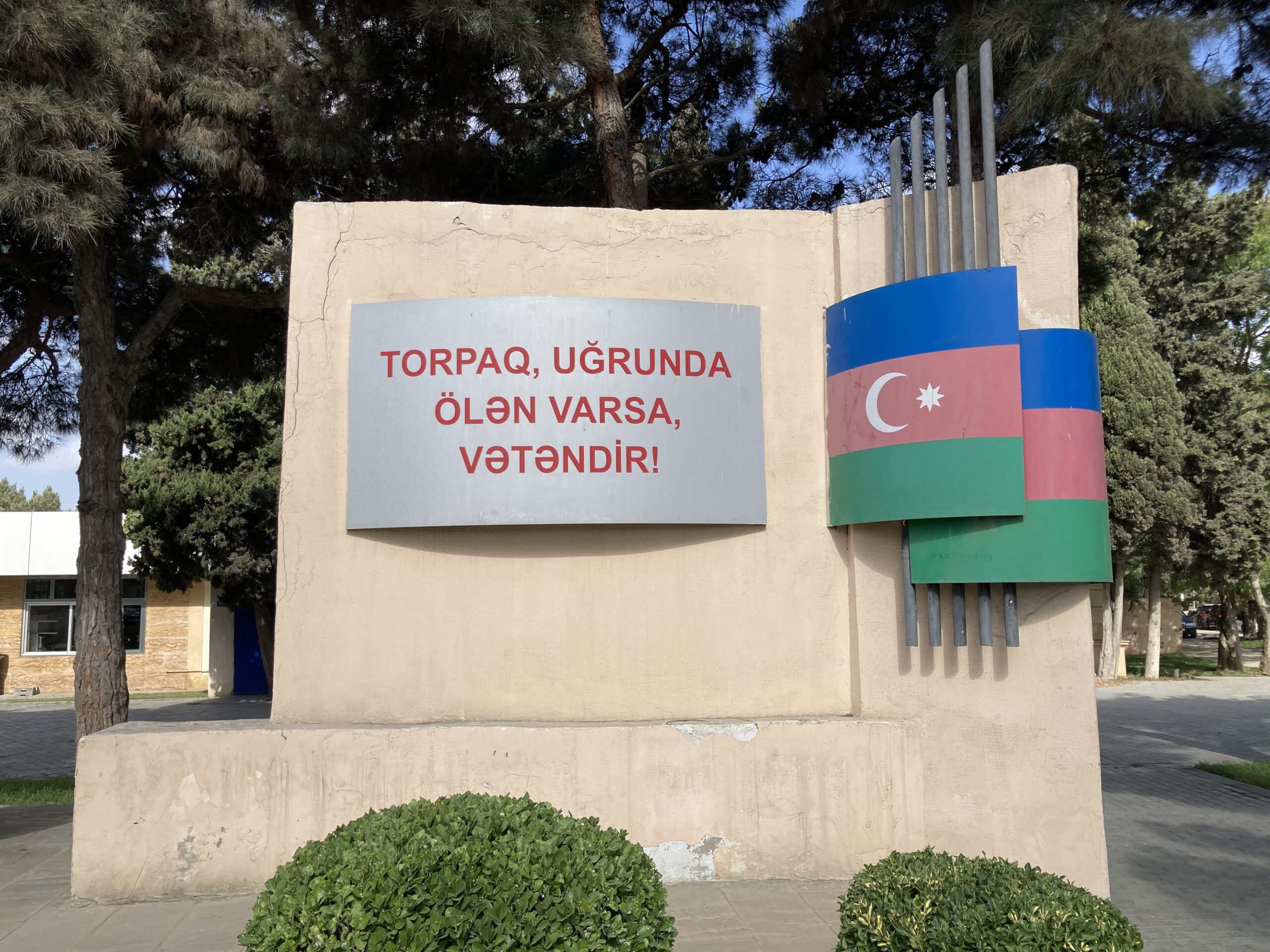
While a similar situation can be observed in some other countries, never before have I been in a place in which martyrdom was seemingly so encouraged by the state. On the outskirts of Baku, I came across this small monument. The inscription on it more or less translates to this: “A land becomes homeland if there are those that die for it!”
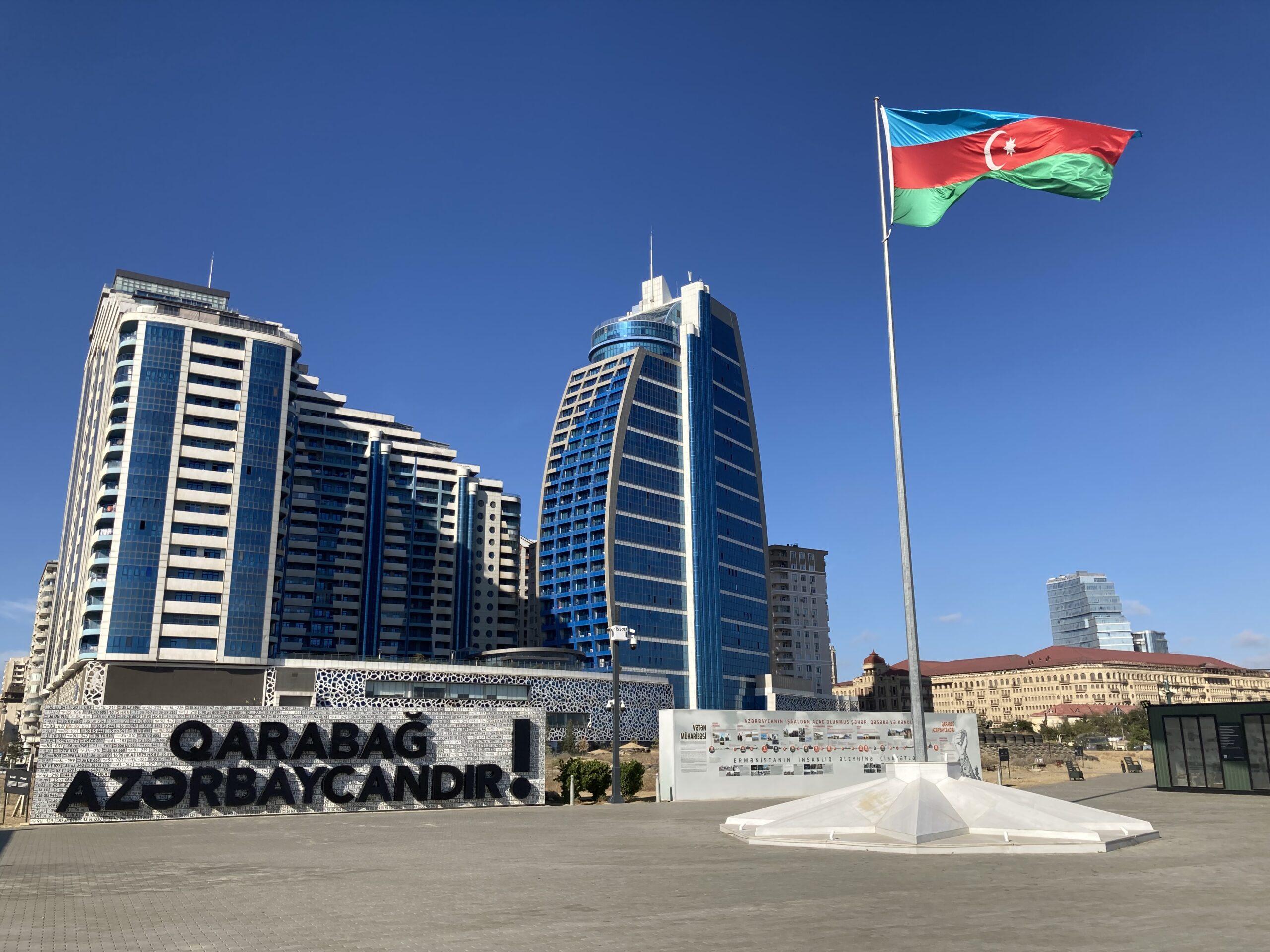
That is hardly the only one of its kind. Such sentences are common across the city. If you visit Baku’s relatively new Military Trophies Park, you will be met with many similar slogans. Here, it just writes that Karabakh is Azerbaijan.
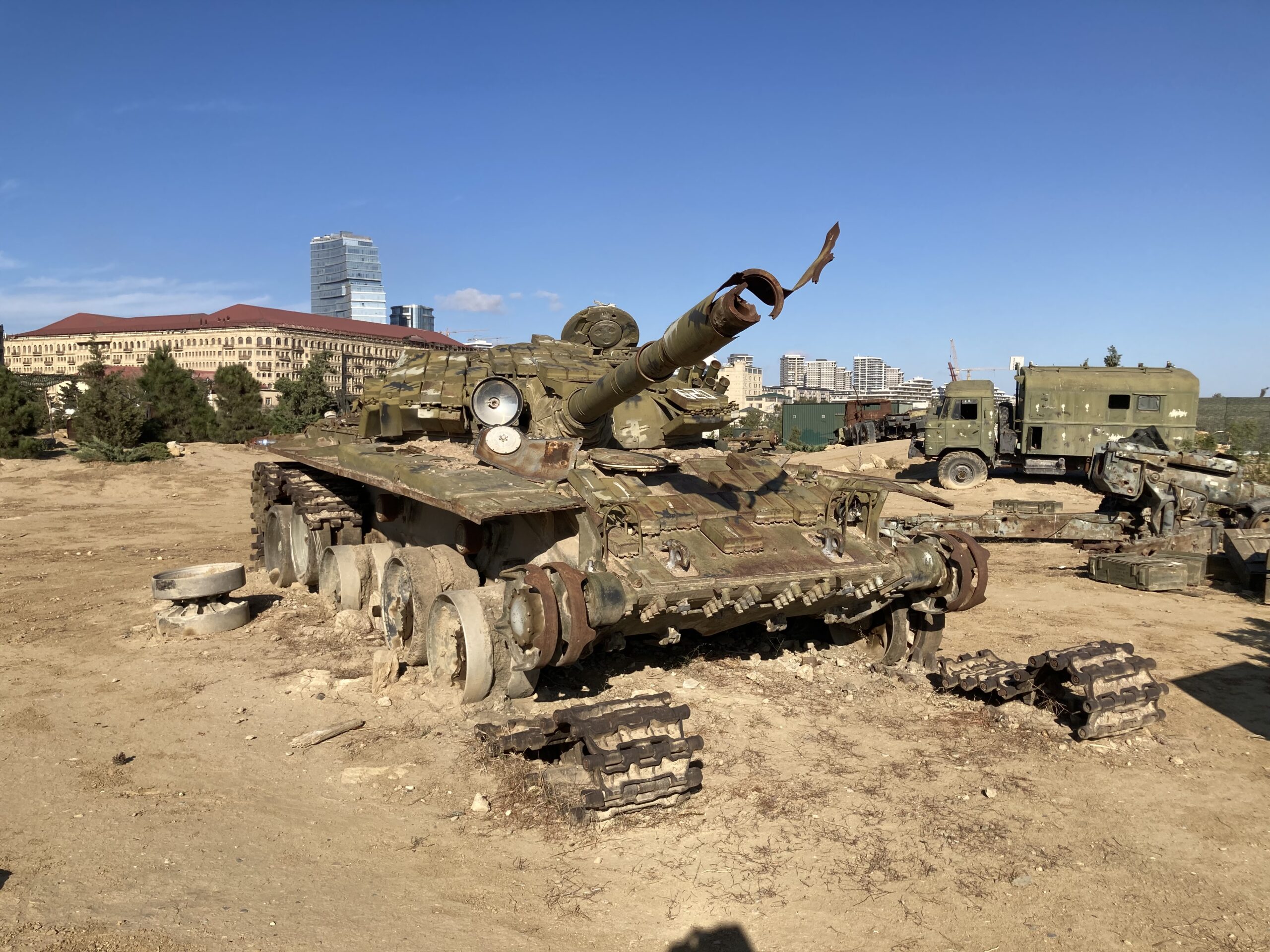
This park, or museum, or whatever it is, is highly controversial to say the least. When I visited it, some of its controversies were already dealt with, and in due time, I hope that things can get even better. In short, it is an exhibition of destroyed Armenian military equipment, like tanks, planes, and trucks. In all likelihood, these vehicles once had soldiers in them, people that could not have possibly survived most of the destruction that you witness here. While it is common to display military equipment in many museums across the globe, it is highly questionable whether one should display machines that certainly became tombs for plenty of young men just a few years ago. After all, these technologies can be found in pristine condition in the post-Soviet world today, and those newer machines could be procured to be exhibited here instead.
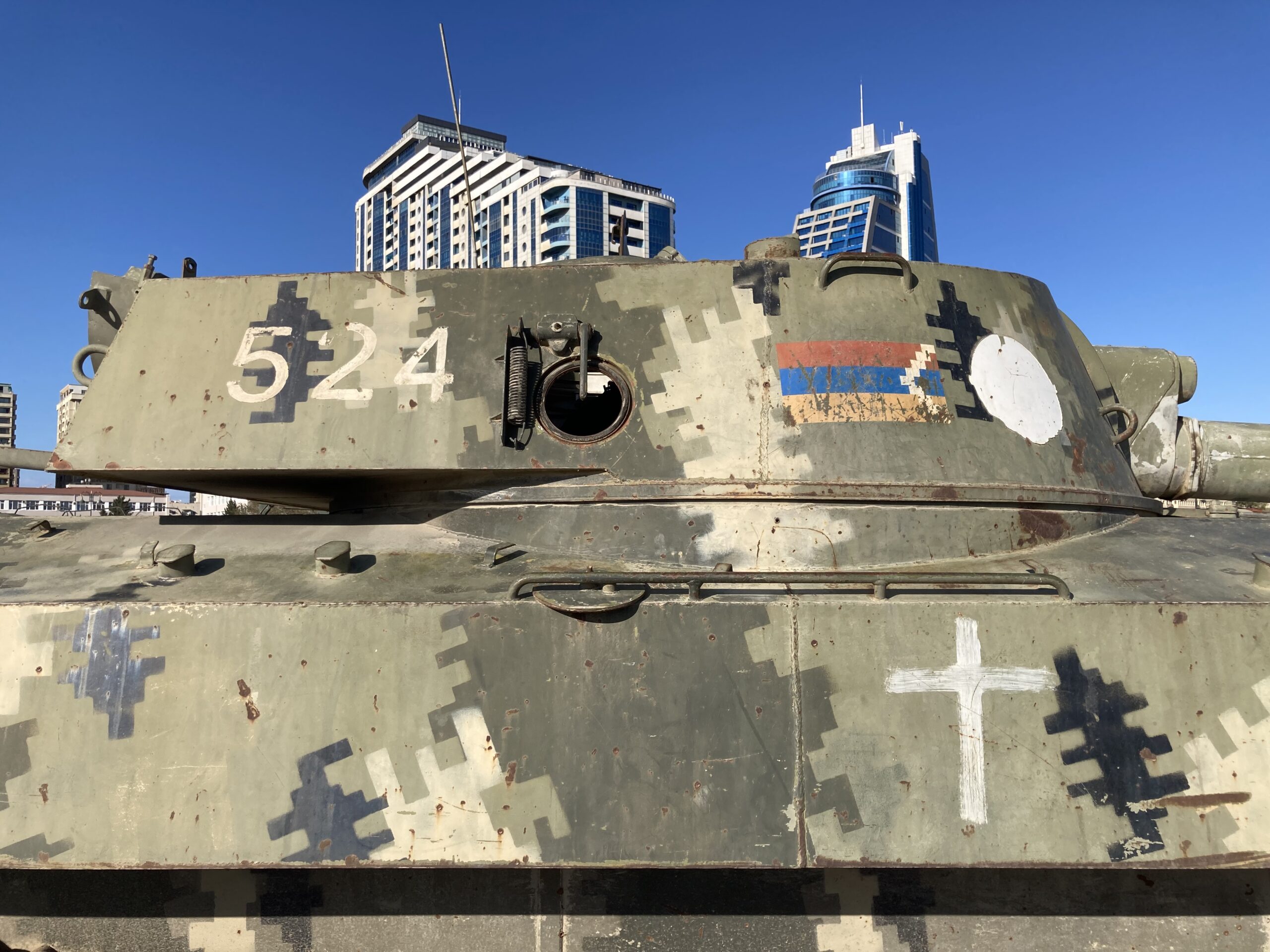
Of course, as I said before, this was all much worse only recently. There was a passage adorned by helmets of dead Armenian soldiers at some point, and the recreation of Armenian defences had mannequins in them. These mannequins were purposefully made to look sad, afraid, and more often than not, “ugly.” Many, including within Azerbaijan, criticized these as dehumanizing. One cannot help but agree…
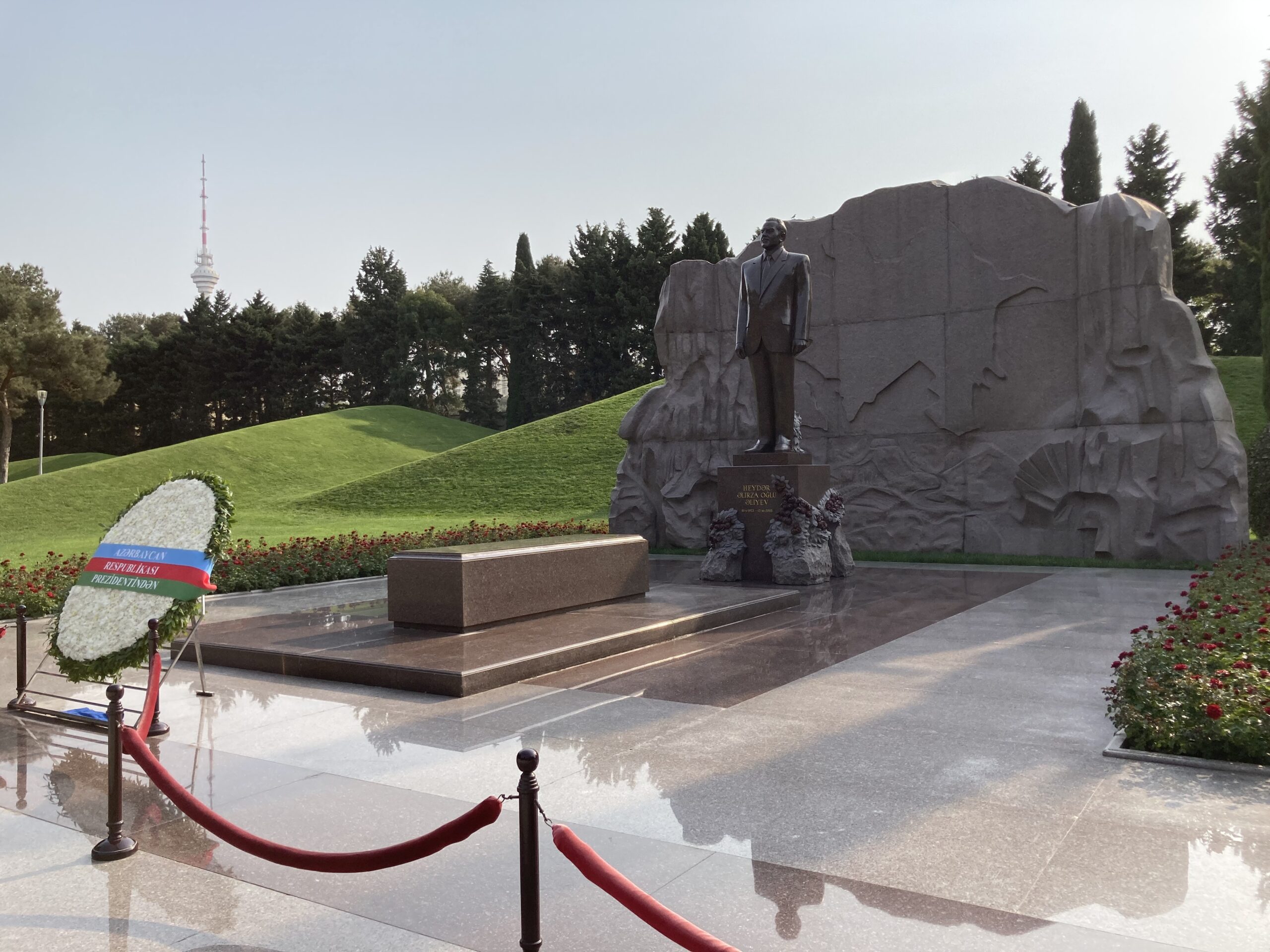
Due to their role in the re-conquest of Karabakh, and stabilizing Azerbaijan in its darkest hour, there is great respect for Aliyevs among most Azeris I talked with. Their photos adorn the walls of not only public spaces, but also private rooms. If you would like to pay your own respect to Heydar Aliyev for any reason, you can find his tomb in the Alley of Honor.
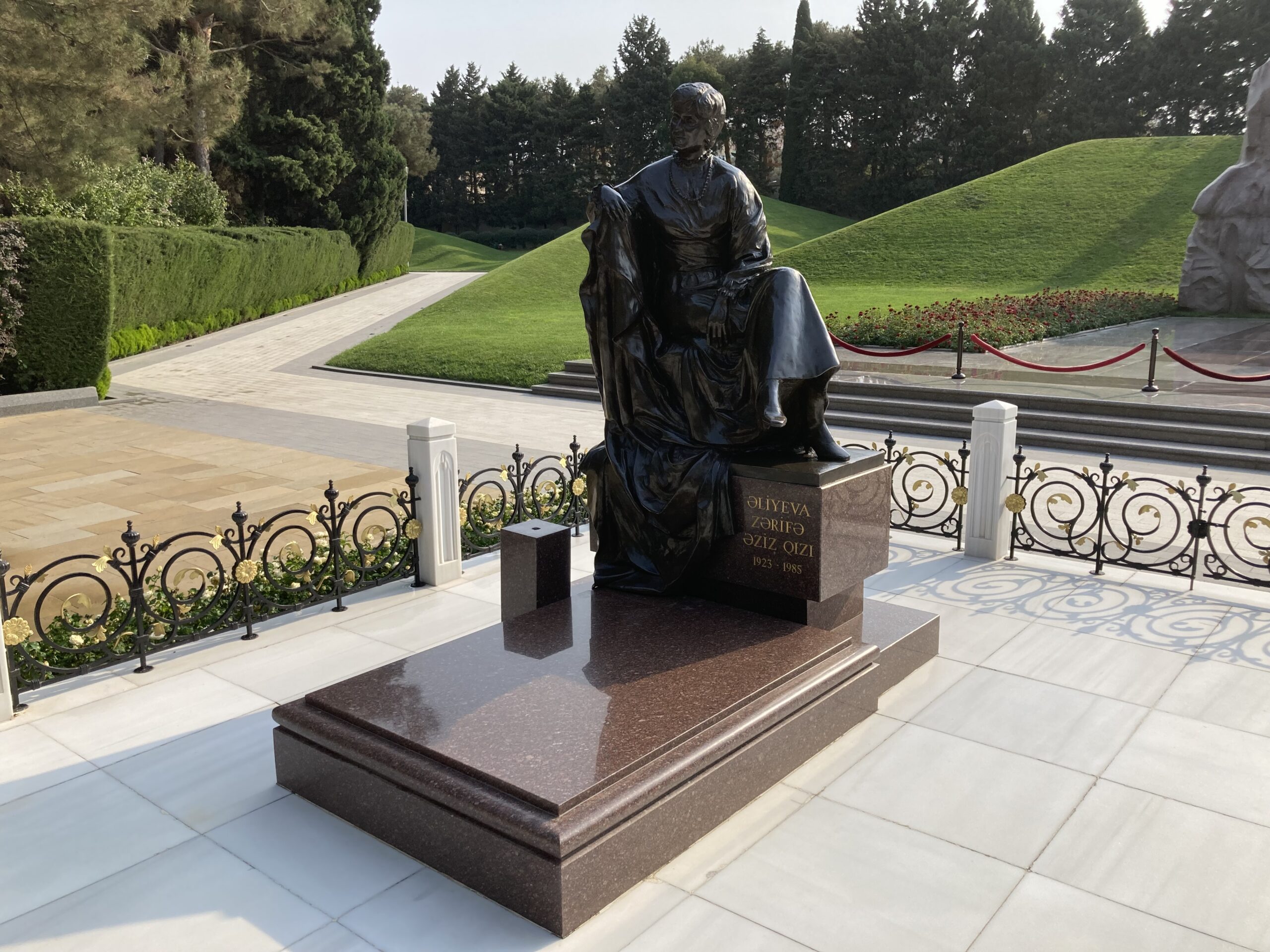
You can find the tombs of his brother and wife just in front of the more massive tomb Heydar Aliyev has as well. When I was there, no one seemed to be around in the whole cemetery, except one young woman who seemed to be studying the area intently.
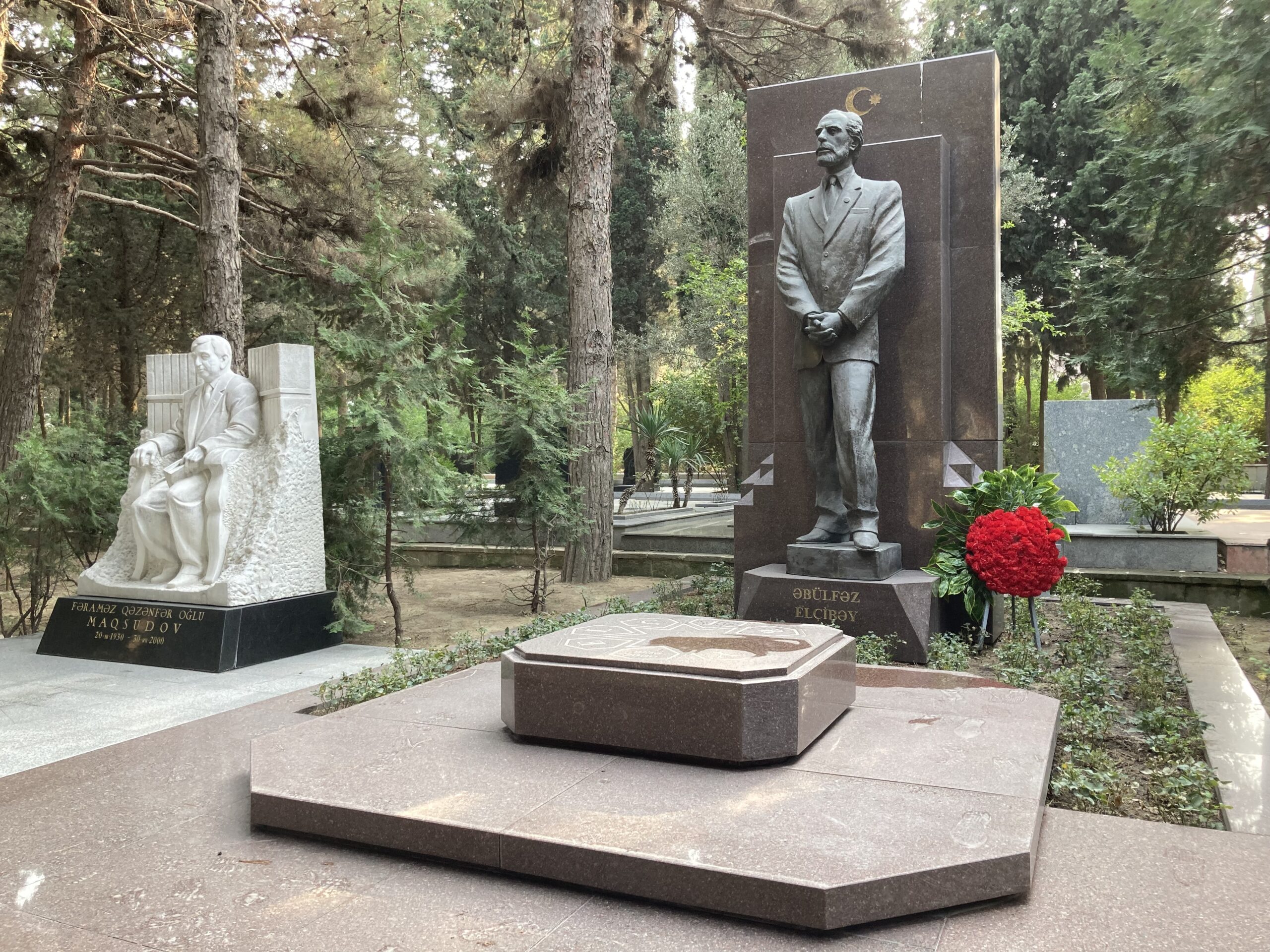
After spending some time around these tombs, I ran across yet another visitor, a young Azeri gentleman, bowing to a tomb. Such a ceremony seemed peculiar to me, but once I realized that he was bowing to none other than Abulfaz Elchibey, the first and possibly only democratically elected president of Azerbaijan in 1992, things started to make a bit more sense to me. As I stood there taking this photograph, I could not help but wonder. I suppose, in Baku today, while some keep photos of Aliyevs in their rooms, some others, and perhaps some of the very same people, keep others in their heart.
